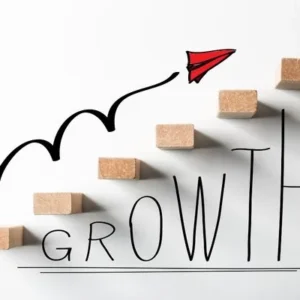NWT: Our Land for the Future is a landmark Indigenous-led conservation initiative in the Northwest Territories, bringing together 21 Indigenous governments and organizations, along with the Government of Canada, the Government of the Northwest Territories, and private donors. The initiative aims to protect land and water while promoting cultural revitalization and sustainable economic development across the territory.
Structured as a Project Finance for Permanence (PFP) initiative, Our Land for the Future reflects a long-term, collaborative model of funding conservation. PFP initiatives align public and private investment for durable outcomes, safeguarding ecosystems and supporting Indigenous governance and economic resilience. The project was originally announced at COP15 in 2022.
Canada has committed $300 million to the initiative, with an additional $75 million from private donors—making this the country’s largest investment in a PFP initiative to date. Donor contributions are matched at a rate of $1 for every $4 of federal funding. The total $375 million will be managed by the Our Land for the Future Trust, which is governed by Indigenous-appointed directors. These leaders will guide annual funding decisions to support conservation, strengthen Indigenous leadership, and foster local economic development.
The initiative is expected to generate millions of dollars and create hundreds of culturally meaningful jobs across communities throughout the Northwest Territories. The jobs and benefits will be distributed across the region, extending beyond major centers like Yellowknife.
Our Land for the Future sets a conservation target of up to 380,000 square kilometers of land and water—roughly 30% of the territory and more than 2% of Canada’s total land and freshwater. This makes a significant contribution to Canada’s broader goal of conserving 30% of its land and waters by 2030.
Key areas expected to receive funding include Indigenous Guardians programs, which monitor ecosystems and protect cultural heritage; climate adaptation research and resilience planning; and conservation-driven economic activities such as ecotourism, traditional harvesting, and artisanal industries. These efforts are designed to strengthen both environmental stewardship and community well-being throughout the region.







